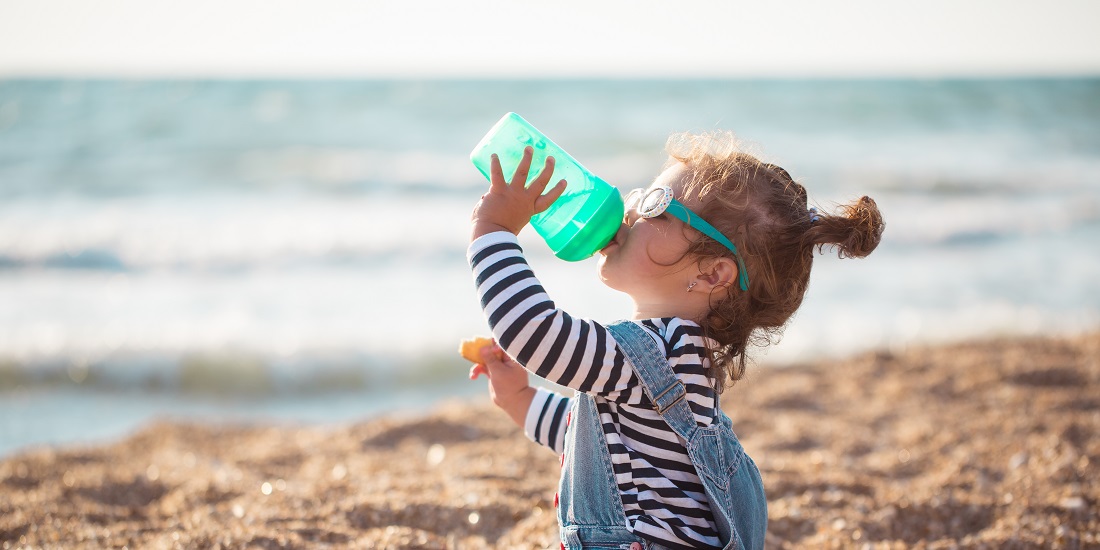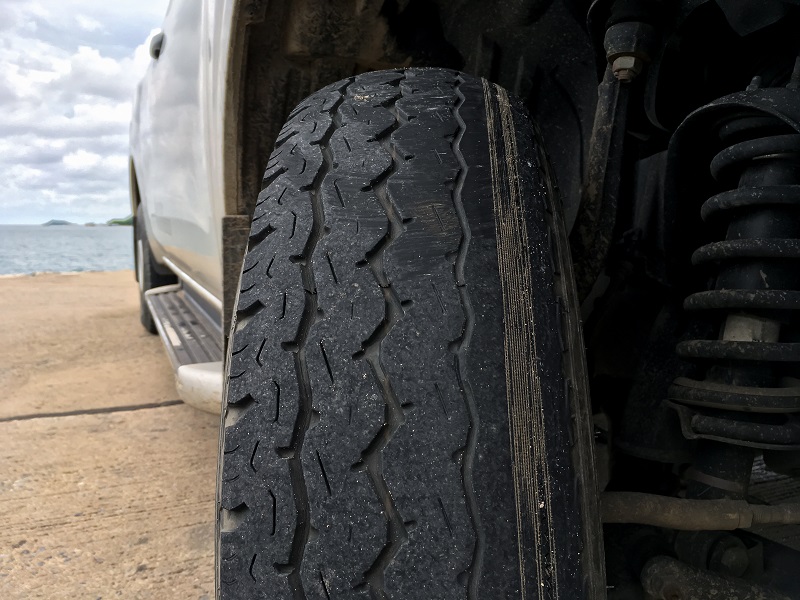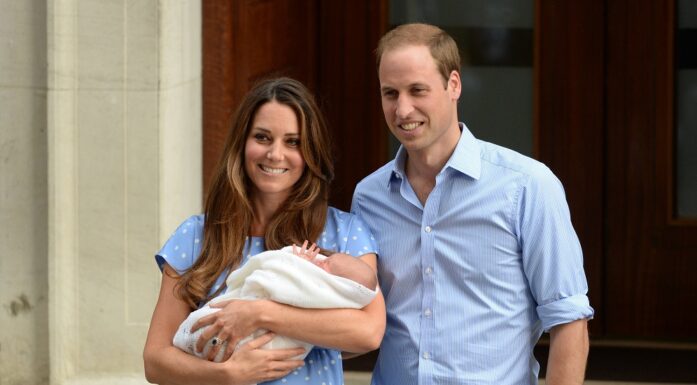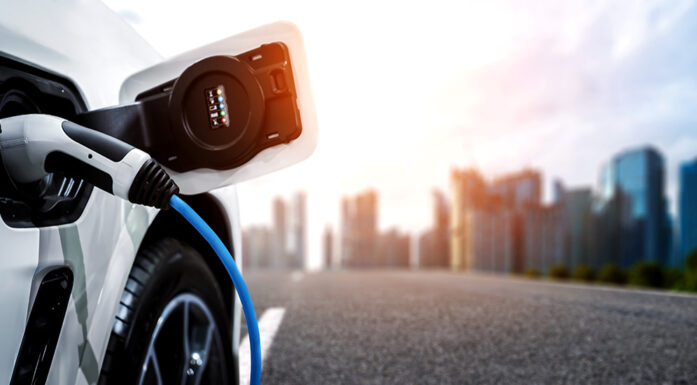Impossible to prevent children from ingesting microplastics
Little research has been done on how nano- and microplastics affect children. Researchers are surveying what we actually know and offer some useful tips to parents.
Plastic breaks down into microplastics and even smaller nanoplastics. These plastics can be found almost everywhere around the globe.
Researchers can now confirm the presence of microplastics in the placenta and in newborns. The possible effects of nano- and microplastics on children’s health and development intensifies the interest in this topic.
“It’s quite possible that children are more exposed to microplastics than adults, similar to children’s greater exposure to many other environmental toxic chemicals,” says Kam Sripada.
Sripada is a neuroscientist from NTNU and heads the Centre for Digital Life Norway (DLN), a national centre for biotechnology, research and innovation.
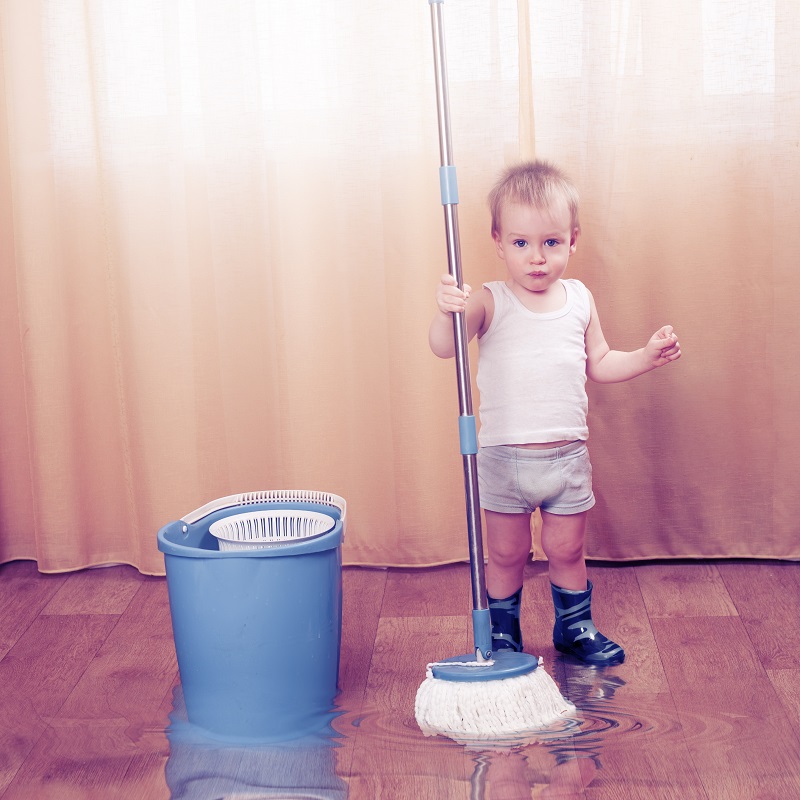
One of the researchers’ useful tips is to clean your house thoroughly with water to remove microplastics. Photo: Shutterstock, NTB
Summarizing the knowledge so far
Sripada is the first author of an article in Environmental Health Perspectives that surveys what various researchers have found out about nano- and microplastics so far, and the plastics’ connection with pregnancy and children’s health.
The group makes recommendations for researchers, authorities, industry and parents.
“No one knows exactly how much microplastic a child ingests. But several studies now suggest that today’s children absorb microplastics in their bodies as early as at foetal age. This is concerning,” says Sripada.
The research group found a total of 37 different articles about nano- and microplastics in connection with pregnancy and childhood.
- You might also like: A natural gem is being destroyed by plastic
Lack of research
Research is lacking on children’s exposure level to nano- and microplastics, for example at school, in neonatal wards and through breast milk, breast milk substitutes and baby care products. This scarcity of studies is due in part to the limitations of current technology for researching very small particles.
“Although a lot of research is being done on microplastics, studies on the health effects of these plastic particles are limited. This applies especially to the effects on children,” says Martin Wagner, an associate professor of biology at NTNU.

Research is lacking on how exposed children are to nano- and microplastics. Illustration photo: Shutterstock, NTB
What we do know is that from the time we are in our mother’s womb and throughout childhood, we are especially exposed to environmental toxic chemicals, as well as to nano- and microplastics.
“Children do not have a fully developed immune system and are in a very important phase of their brain development. This makes them particularly vulnerable,” says Kam Sripada.
Almost no studies have estimated how much plastic children ingest. But the sources of plastic are abundant.
Tips for less contact with plastic
Children can ingest microplastics numerous ways. Even during pregnancy, they can absorb it through the placenta. Microplastics are in lots of products, such as baby bottles, toys, textiles and food packaging. The researchers believe that breast milk and infant formula may also contain microplastics, but this is not known for sure.
Parents can reduce the amount of plastic that children are exposed to in several ways.
When microplastic particles end up in household dust, children may come into contact with them through crawling and playing on the floor. Then they put their fingers in their mouths.
“It’s almost impossible to prevent children from ingesting plastic,” Sripada says.
But parents can reduce the amount of plastic that their children are exposed to in several ways, according to the research group. Here are some ways:
- Make sure that the food children eat comes into as little contact with plastic as possible.
- Clean the house properly and regularly with soap and water. Dust may contain microplastics.
- Be aware when buying personal hygiene products and choose varieties with less plastic.
- Are you upgrading your home? Choose building materials that don’t contain PVC or other types of plastic.
Microplastic isn’t just plastic
Plastic comes in thousands of different forms. Microplastics don’t just contain plastic, but carry a variety of toxic chemicals as well.
Plastic might have phthalates and metals added for colour, stabilization or as a biocide, for example. Several of these substances are harmful to children’s health. When microplastics end up outdoors – for example as particles from car tires – this plastic core is often coated with air pollution and car exhaust.
“Nano- and microplastics are so miniscule that they can travel deep into the lungs and can also cross into the placenta. At the same time, they transport dangerous chemicals with them on their journey. That’s why we believe that nano- and microplastics can be a health risk for children,” says Sripada.
Researching the cocktail of chemicals that are in and around plastic with today’s technology is also really challenging.
“It’s difficult to study microplastics in the body, and even more difficult to do research on nanoplastics,” says Wagner.
The research group is calling for more research in the field that focuses on life’s early stages, such as pregnant women’s level of exposure to various plastic substances, and how plastic can be transferred to the foetus.
- You might also like: Plastics leach toxic chemicals
Exposure varies with location and status
Although parents need to be aware of the problem, controlling it will require more than just individual action.
“The authorities and industry bear the responsibility. We strongly encourage them to uphold the precautionary principle,” says Sripada.
Both central and local authorities can do a lot to ensure that the public is exposed to less plastic.
The regulations for plastic in various goods, such as toys and baby bottles, and for the handling of plastic waste vary across the globe. Children are thus exposed to very different amounts of plastic depending on where they live.
Previous research suggests that social status plays a role in how exposed people are to various toxic chemicals. People living in poverty have much greater exposure, including to microplastics.
The industries that manufacture the various plastic products aimed at children and women should be prudent and ensure that these products leach as little as possible, says the research group.
Source: ,,,,,,,,,,,,and A Children’s Health Perspective on Nano- and Microplastics Environmental Health Perspectives 130:1 CID: 015001 https://doi.org/10.1289/EHP9086
